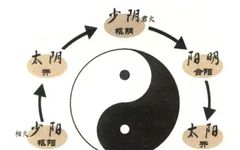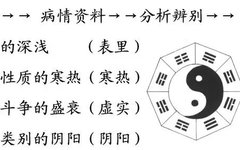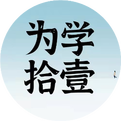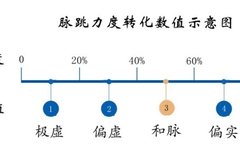Yang Zhaolin: Eight Principles Differentiation and Clinical Practice with the Six Meridians
Eight Principles Differentiation (Ba Gang Bian Zheng) The Eight Principles (Ba Gang) refer to Yin, Yang, Exterior, Interior, Cold, Heat, Deficiency, and Excess. They are one of the theoretical foundations for differentiation and treatment in TCM. Through the four examinations (inspection, auscultation, inquiry, and palpation), after gathering diagnostic information, we analyze and summarize various aspects … Read more









